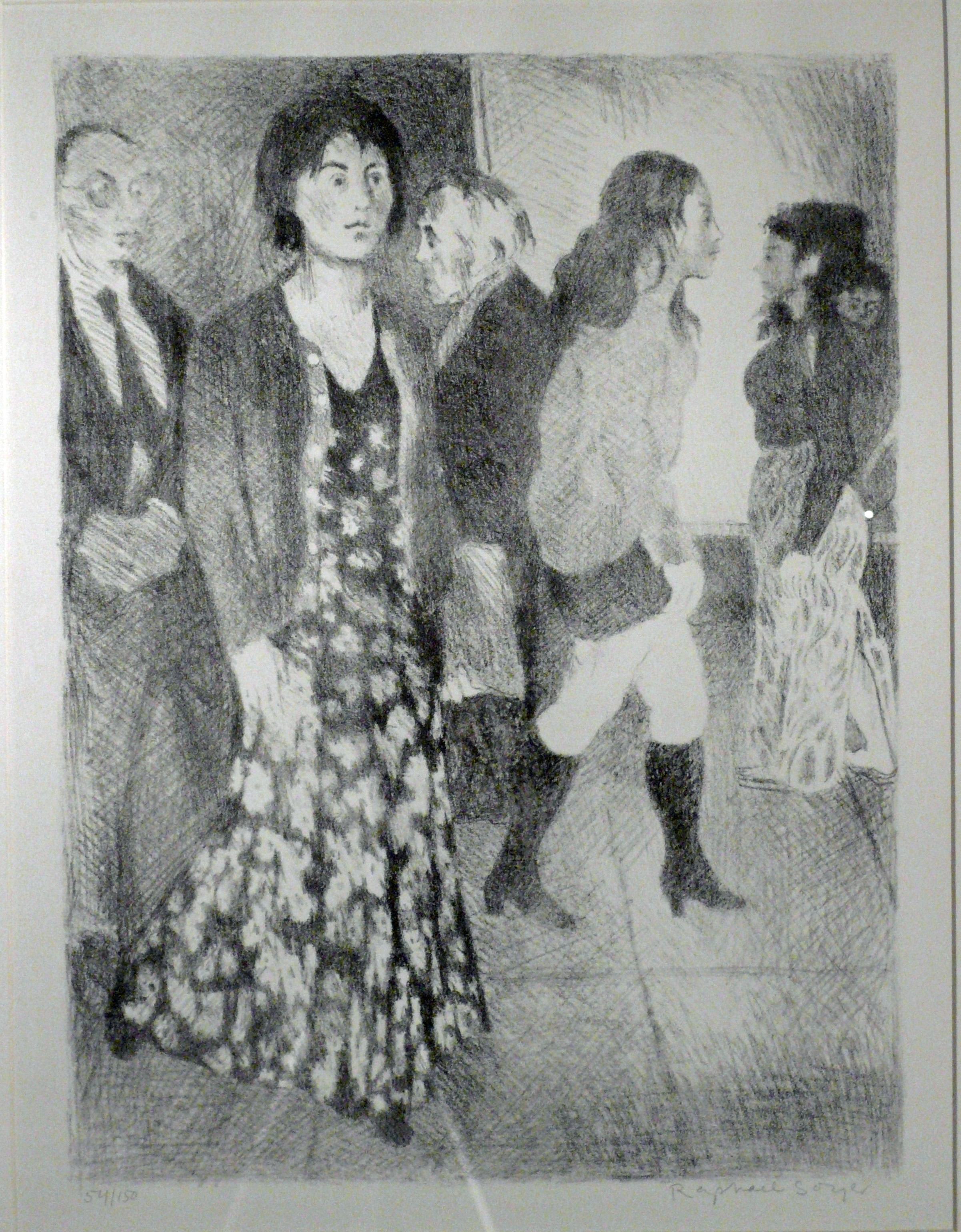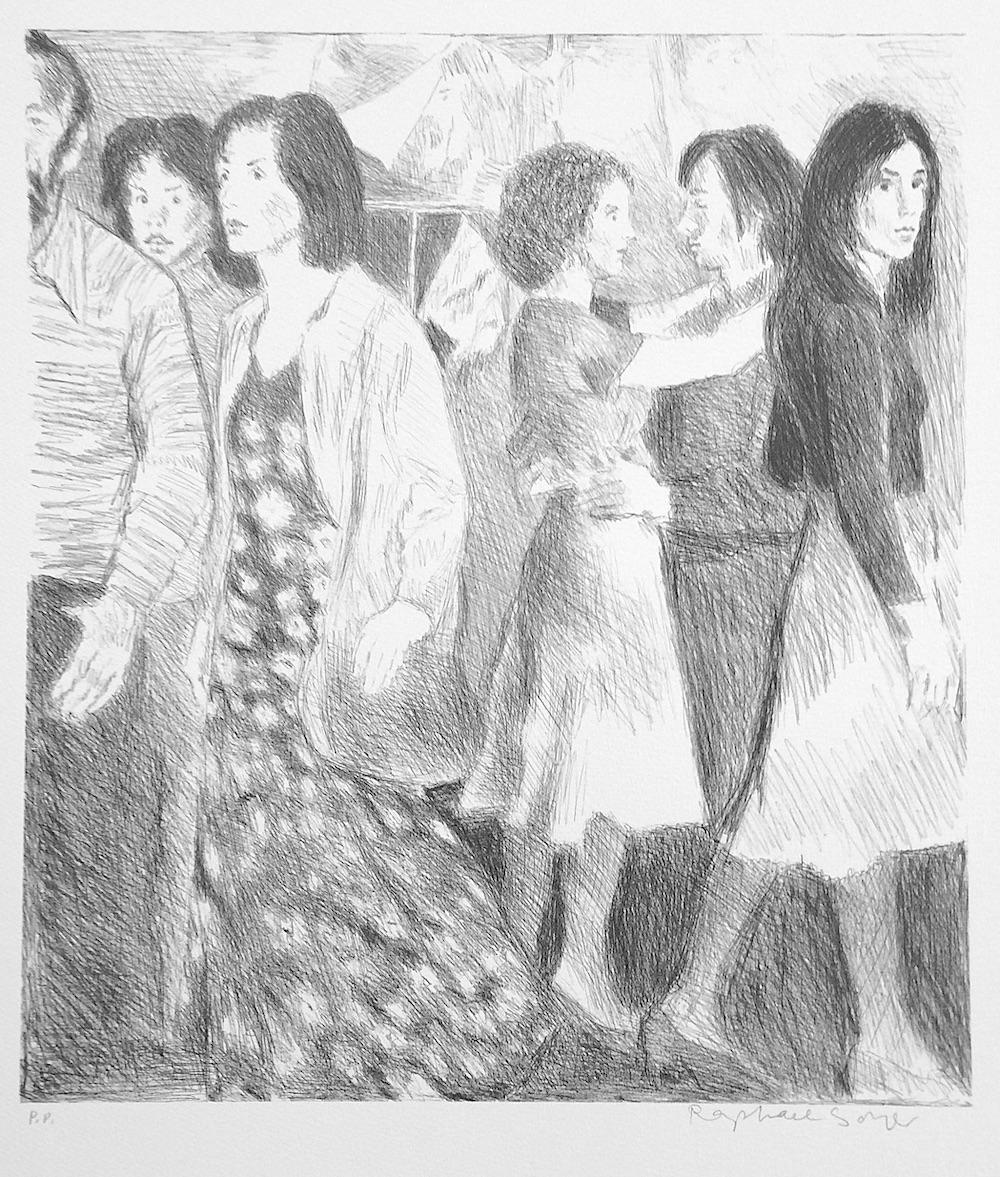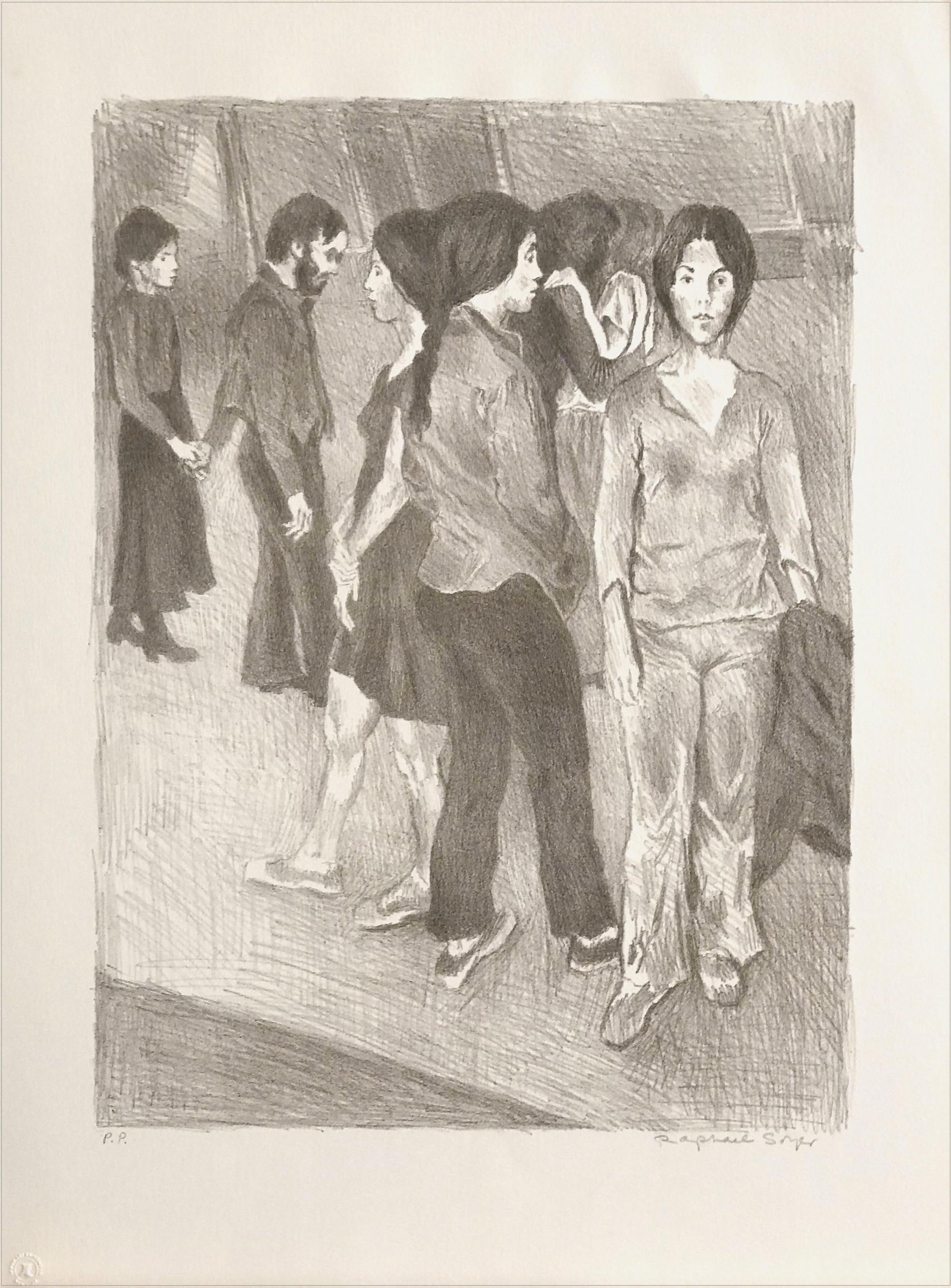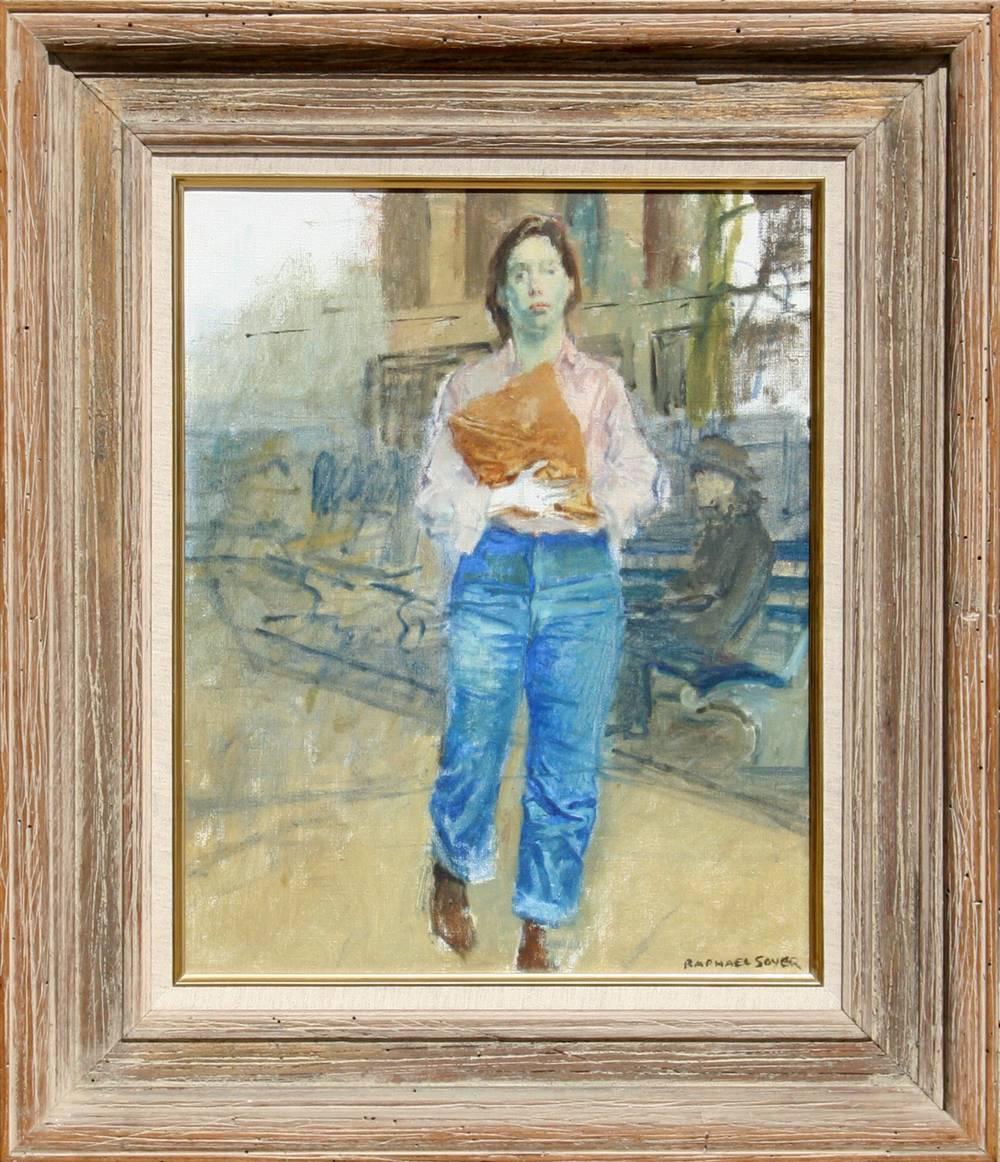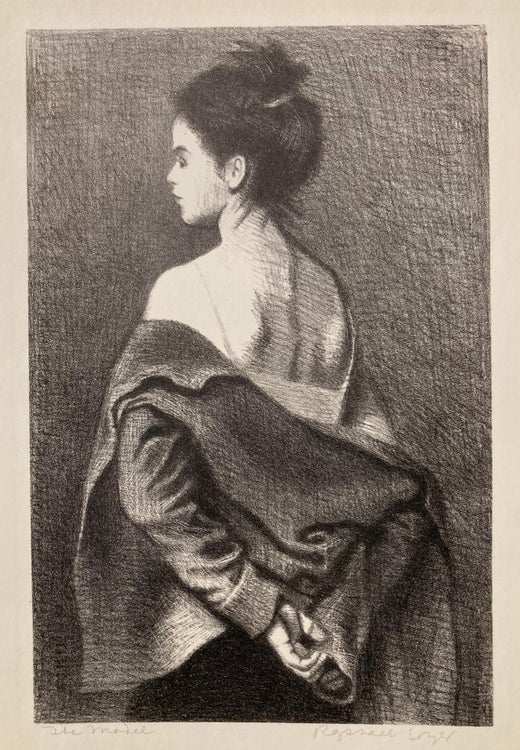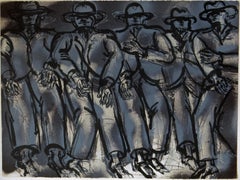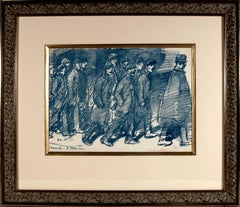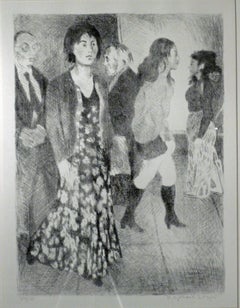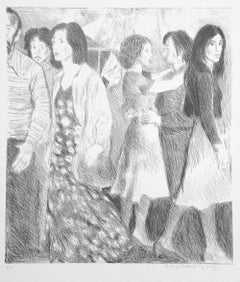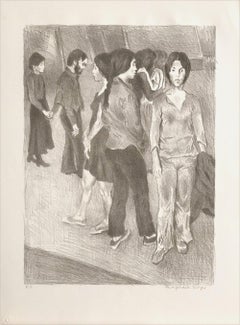Raphael SoyerUntitled, Street SceneCirca 1975
Circa 1975
About the Item
- Creator:Raphael Soyer (1899-1987, American)
- Creation Year:Circa 1975
- Dimensions:Height: 32 in (81.28 cm)Width: 25.5 in (64.77 cm)Depth: 1.5 in (3.81 cm)
- Medium:
- Movement & Style:
- Period:
- Condition:
- Gallery Location:San Francisco, CA
- Reference Number:Seller: 103221stDibs: LU66632463883
Raphael Soyer
Raphael Soyer, a Russian-born artist, was best known for his compassionate, naturalistic depictions of urban subjects. His sensitive, penetrating portrayals include a broad range of city dwellers, dancers, shoppers, office workers and fellow artists. Historically, Soyer is associated with the social realist artists of the 1930s, whose art championed the cause of social justice. Soyer was referred to as an American scene painter. He is identified as a Social Realist because of his interest in men and women viewed in contemporary settings which included the streets, subways, salons and artists' studios of New York City. He also wrote several books on his life and art. His brothers Moses and Issac were also notable artists.
- ShippingRetrieving quote...Shipping from: San Francisco, CA
- Return Policy
More From This Seller
View AllLate 20th Century American Realist Figurative Prints
Lithograph
Mid-20th Century Realist Figurative Prints
Lithograph
1970s Expressionist Figurative Prints
Lithograph
Early 19th Century Realist Figurative Prints
Lithograph
Mid-20th Century American Impressionist Figurative Drawings and Watercolors
Watercolor
Late 20th Century Realist Figurative Drawings and Watercolors
Ink
You May Also Like
1970s Figurative Prints
Lithograph
1970s Realist Figurative Prints
Lithograph
1970s Realist Portrait Prints
Lithograph
1970s Realist Figurative Prints
Lithograph
1960s Impressionist Figurative Paintings
Cotton Canvas, Oil
1930s Figurative Prints
Etching
